A Detailed Comparison of Oracle and Microsoft SQL Server RDBMS Systems
VerifiedAdded on 2022/11/17
|5
|778
|370
Report
AI Summary
This report provides a comparative analysis of two leading Relational Database Management Systems (RDBMS): Oracle and Microsoft SQL Server. It delves into their functionalities, highlighting how each system handles concurrent updates, data recovery, and data access. Oracle's locking systems (pessimistic and optimistic) are contrasted with SQL Server's row versioning for managing concurrent updates. The report examines the tools used for data recovery in both systems, such as Oracle's Data Recovery Advisor and Recovery Manager, and SQL Server's Database Recovery Advisor. Furthermore, it explores how data is accessed and managed within each system, including Oracle Warehouse Builder and the use of Visual Basic with JET in SQL Server. The report concludes with a recommendation for the Colonial Adventure Tours Database, suggesting MS SQL Server due to its table organization and ease of modification, ensuring efficient data updates and minimal failure risk.
1 out of 5
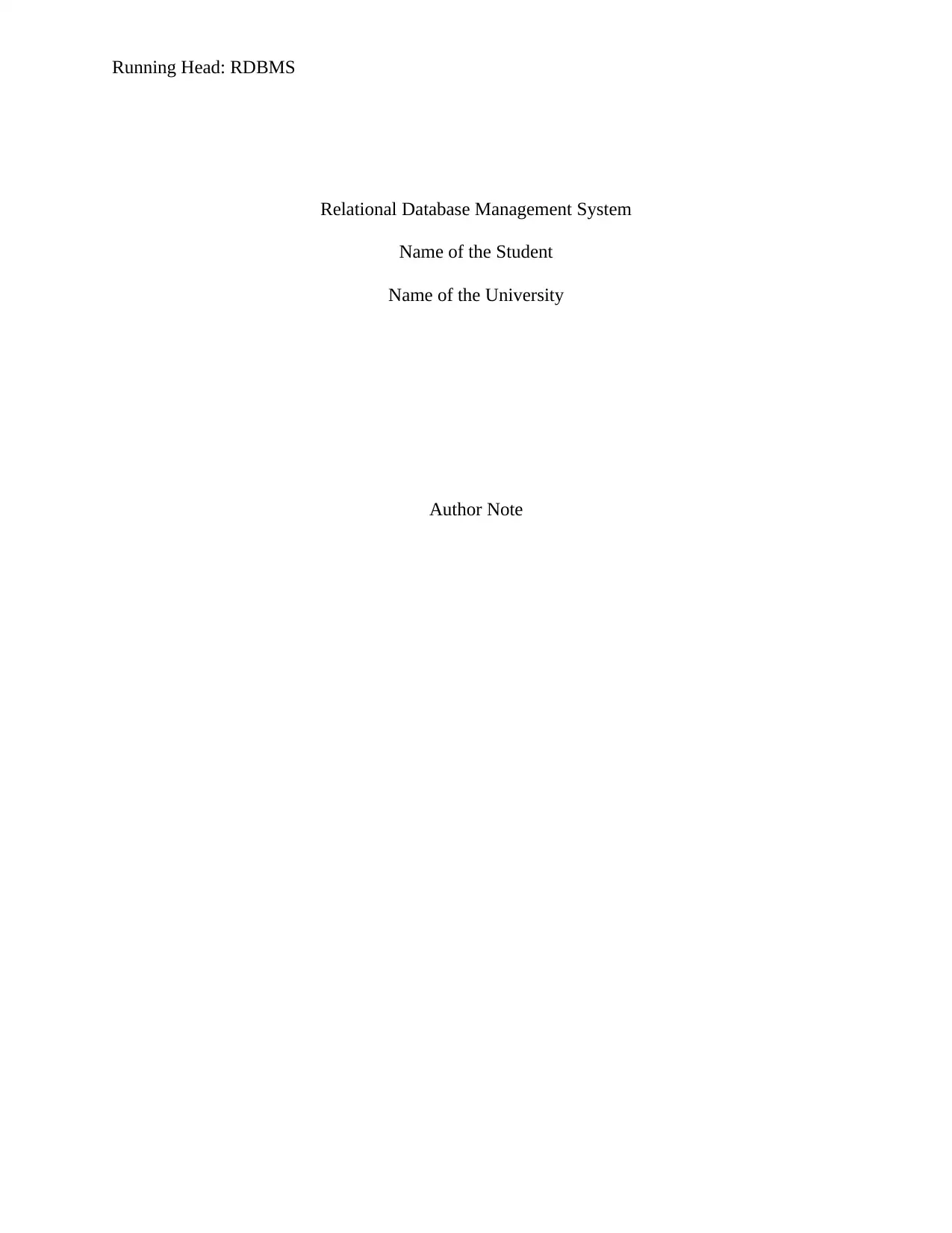
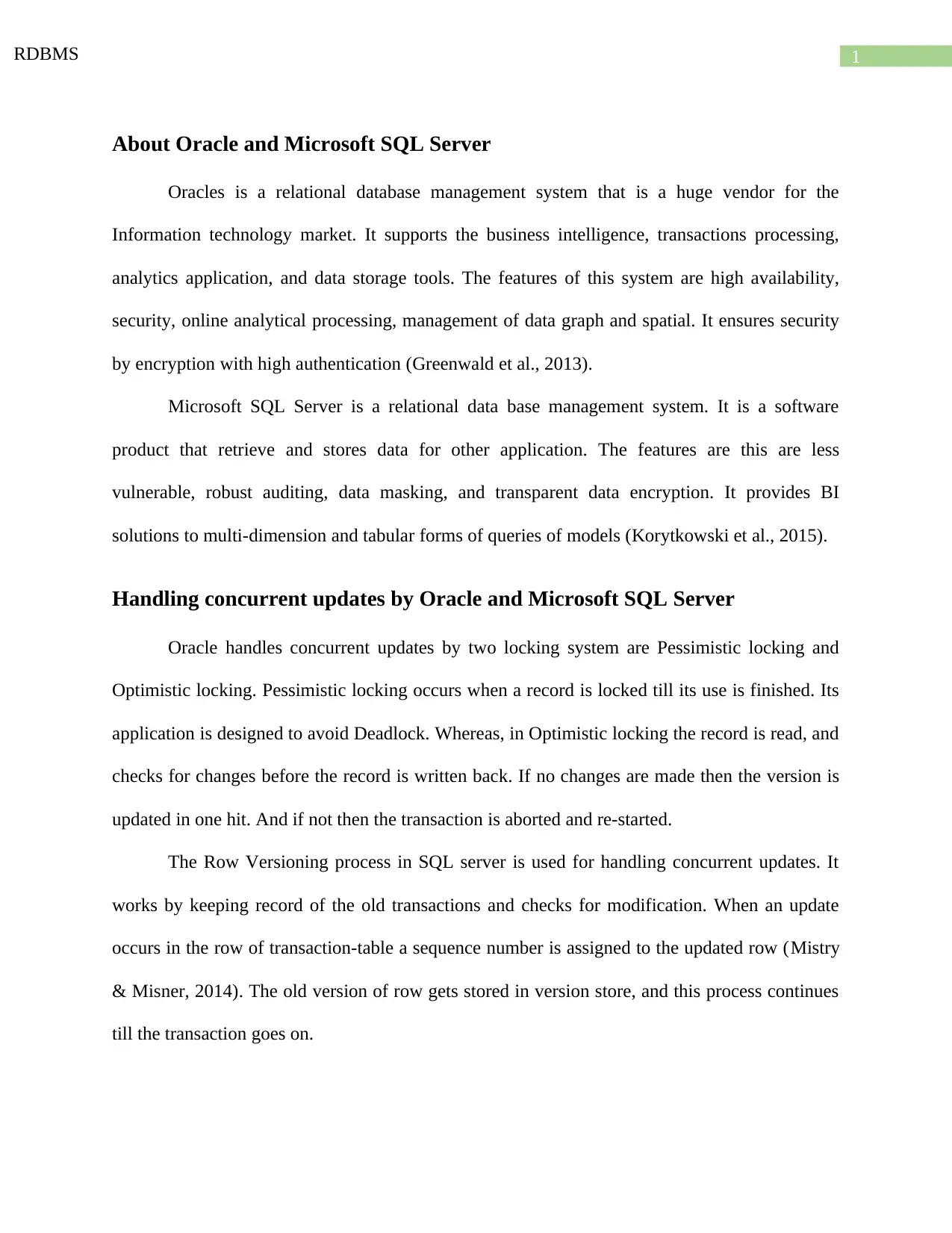
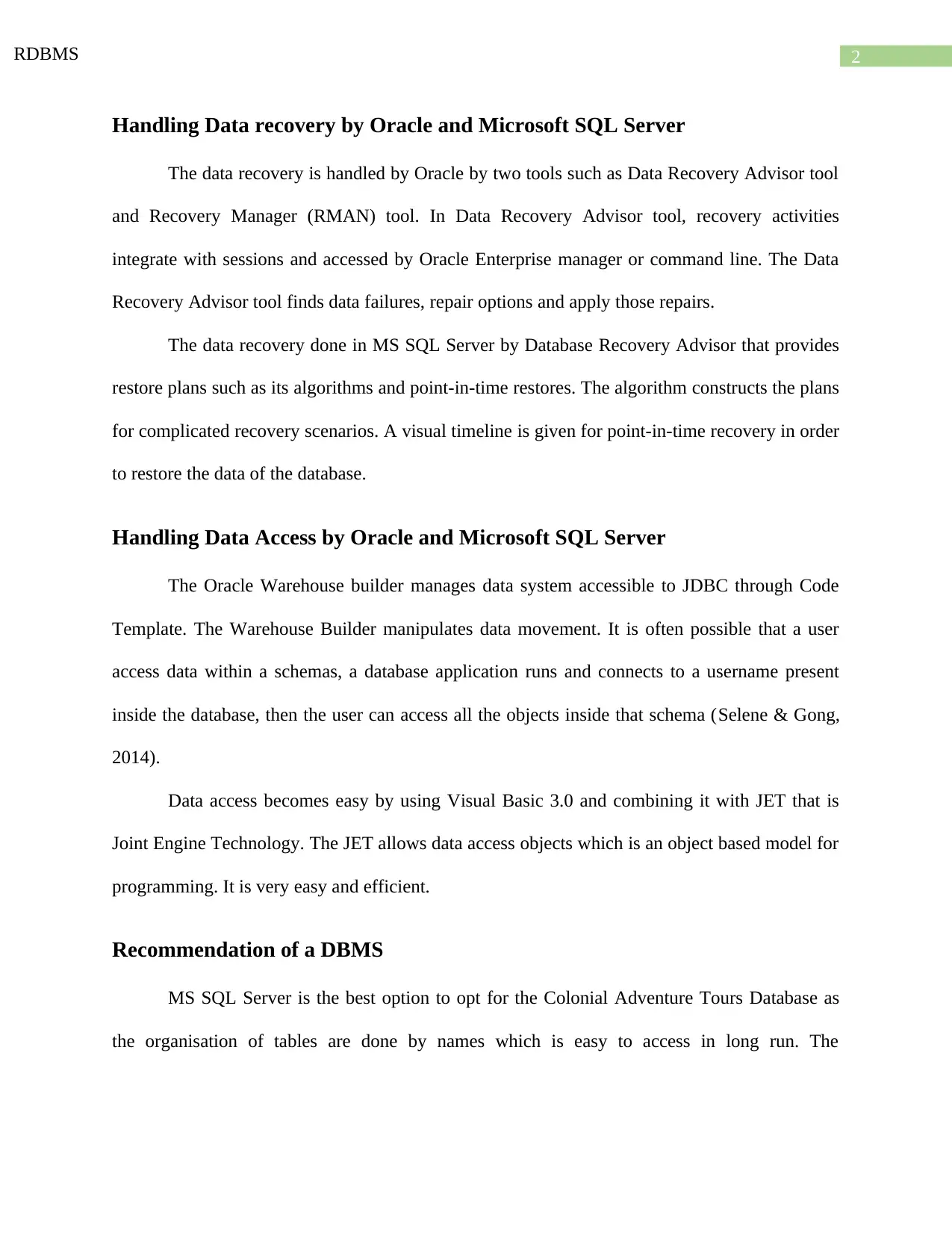

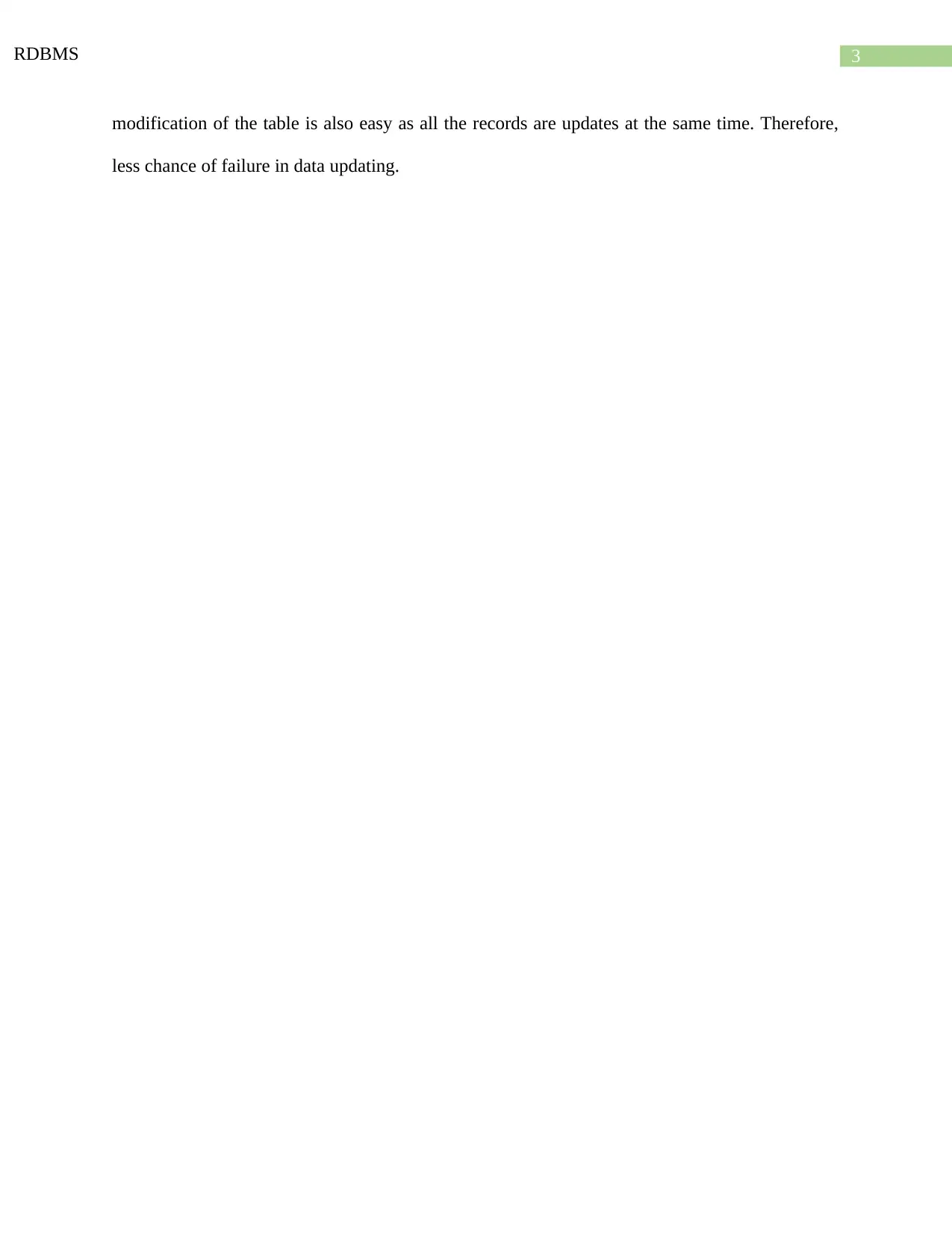
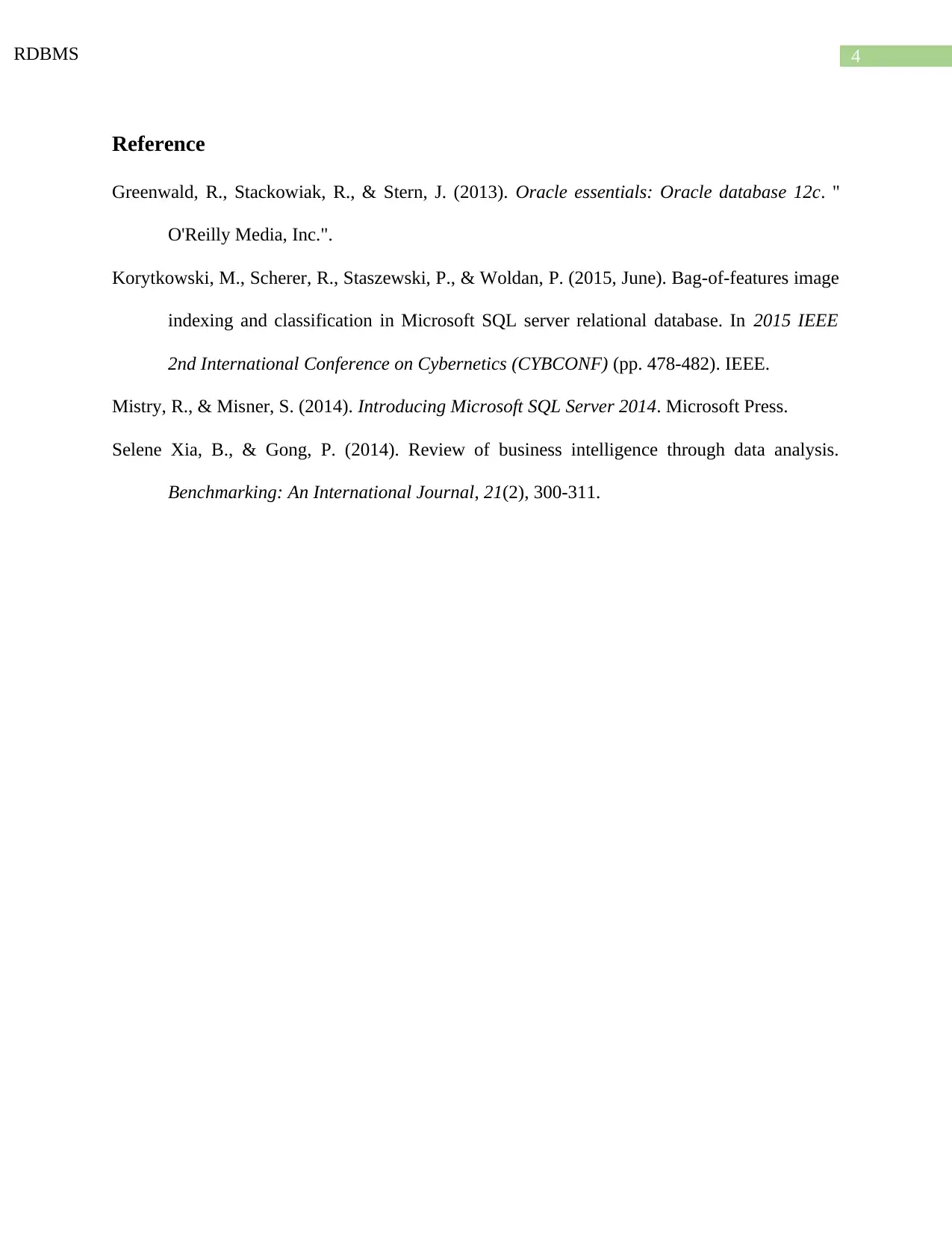






![[object Object]](/_next/static/media/star-bottom.7253800d.svg)